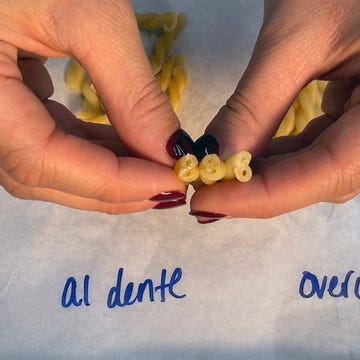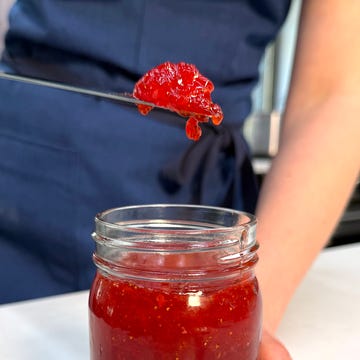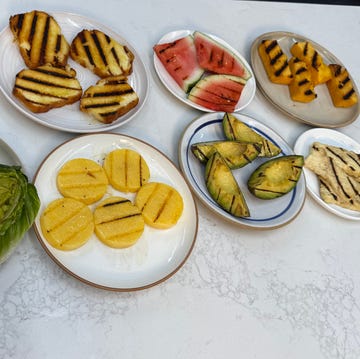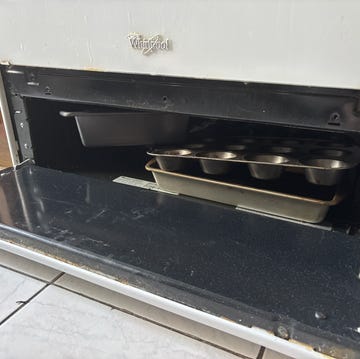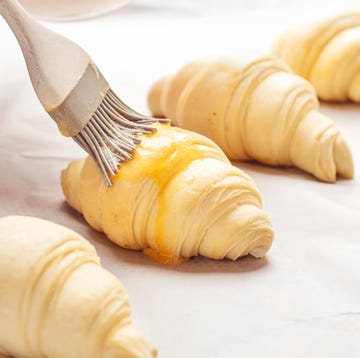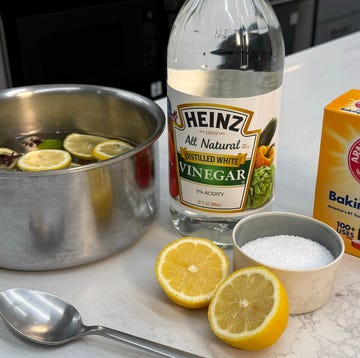There are a lot of subtle ways that businesses influence you to buy more products. Stores will intentionally cook certain ingredients—or artificially replicate food aromas—to target your sense of smell. Restaurants will hire dedicated menu consultants to encourage sales of big ticket items. But there’s one trick that’s especially subtle: companies will work with a dedicated color palette that’s designed to boost your appetite.
Many fast food chains feature red, orange, and yellow in their logos and restaurant designs. It’s not just a coincidence—warm tones make us hungry. “Color theory is tightly connected to psychology and how our brains associate color with emotions and triggers,” says Reilly Newman, brand strategist and specialist in buyer psychology. “Many popular fast-food brands use appetite-stimulating colors in their brand visual identities.”
And when it comes to boosting your appetite, warm tones are the most reliable. “There are a number of well-known studies that demonstrate that seeing the color red can increase our perception of sweetness,” explains Dr. Bryan Quoc Le, food scientist and author of 150 Food Science Questions Answered. Newman adds that red and yellow are “energetic and attractive to us, especially when combined.”
One color you’re far less likely to find in food-related packaging is blue. While reds, yellows, and oranges are common hues in nature's edible offerings—like fresh proteins and ripe fruits and vegetables—naturally blue food items are rare in the wild. The more common natural source of blue, as it relates to food, isn’t exactly appetizing. As a result, blue and other cooler tones often have the opposite effect on our appetites, says Newman. “Because these colors are associated with mold, rotting, etc., our appetites are typically suppressed.”
Other theories argue that blue tones are often associated with feelings of calm and relaxation, which trigger hunger far less than the excitement and energy that come with warm tones. Interestingly, Le notes that, according to a 2015 study, the suppressant effects associated with the color blue disproportionately affect men.
While studies largely confirm the hunger-curbing effects of cool colors, the extent of color's impact on our appetite is still not fully understood. "Much is still unknown on the mechanism that this occurs, but researchers believe that there is cross-wiring between our sensory systems," Le explains. "For example, there are well-known effects between loud noises and a decreased perception of taste, except for umami which is boosted by loud noises. The effect is known as cross-modal perception, and can occur between visual, tactile, hearing, taste, and olfactory senses."
Everything about restaurants—especially large fast-food chains—is designed to make you hungry for more. And from menu design to logo colors to lab-tested recipe development, it all comes down to science.


